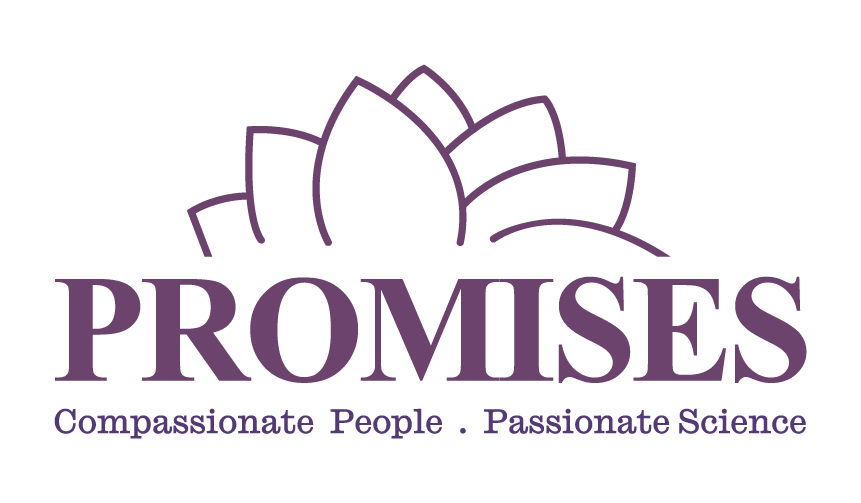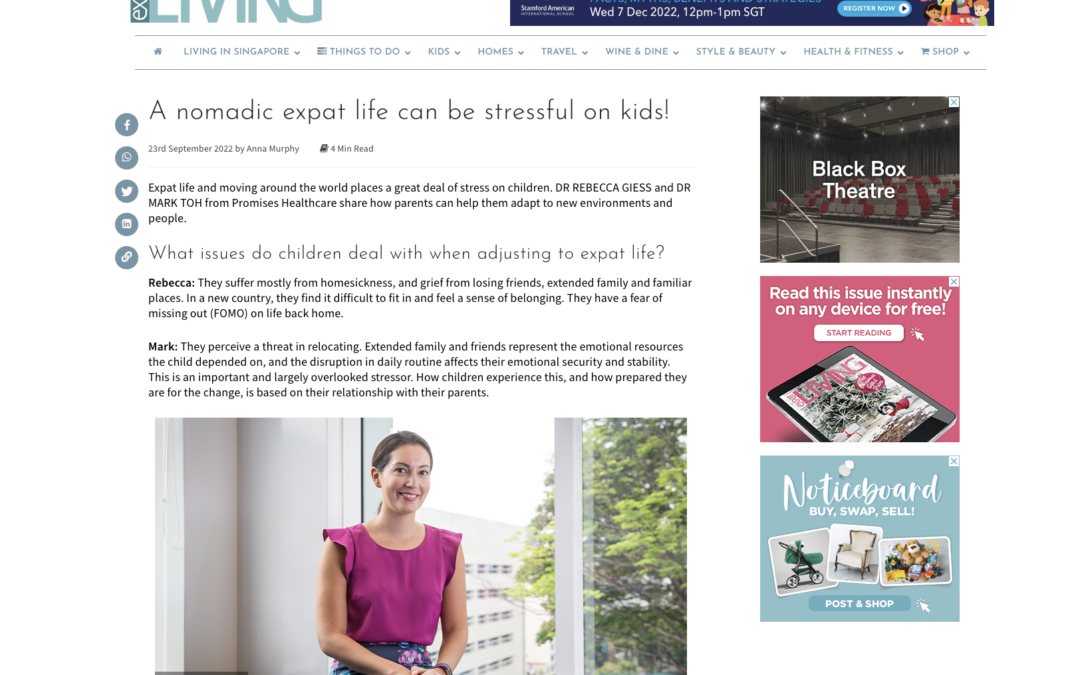Written by: Andrew da Roza
Deciding to see a therapist is a big step – and staying in therapy requires a commitment to effect real change.
It is not surprising that many hesitate before starting therapy.
Some may be wondering how talking to a stranger can change their lives for the better.
They may not know which therapist they ought to approach – and what they should be looking for in a therapist.
Others may hesitate because they are anxiously thinking ahead: “what happens if I don’t like the therapist?”; “what if the therapist doesn’t understand my struggle?”; “what if I don’t think that enough progress is being made?”.
They may also be wondering if they can change their therapist and if they can have more than one therapist.
If you are struggling with these questions, thankfully, there may be some answers that put your mind at rest and give you the confidence to seek a therapist and engage in the healing process.
Choosing the Therapist – The Qualifications
Most clients can articulate why they wish to seek therapy – and have clear ideas about what is causing them distress or difficulty.
Clients with clinically diagnosable mental illnesses may have already sought help from a family member, friend, doctor, psychiatrist or religious leader. They may have even “Googled” their symptoms.
If specialist help is needed, choosing a therapist with the relevant qualifications and experience will be the first step.
In addition, you may wish to choose a therapist you are more likely to be comfortable with based on the therapist’s language ability, gender, culture and so on.
What should I look for in a Therapist?
Research has shown that the positive connection a client makes with their therapist accounts for 36%-50% of the changes clients experience as a result of treatment. (1)(2)
Sometimes called the “therapeutic alliance”, this is experienced by clients as liking and trusting their therapist.
Some will bond strongly with therapists if they demonstrate empathy, warmth, unconditional regard and respect. They would like their therapist to be open, non-judgmental and curious about the clients’ struggles – to have a strong desire to “walk in the clients’ shoes”.
Such clients make good progress in therapy when they feel understood and heard – as well as valued.
Others may seek therapists who are good communicators and are well informed about the issues the clients are facing. They tend to bond with therapists who are able to impart and discuss information; offer practical suggestions; articulate action plans, goals and timelines; and support the clients in their motivation to take action to effect positive change.
Many also seek insights into themselves, their emotions, the ways they react to people or situations; and their perspectives and intrusive thought patterns.
By being more present with what arises in themselves, they seek to take more control over their own lives – to respond to people and situations instead of habitually reacting to them – and to accept and let go what they cannot control.
These clients appreciate therapists who can assist in self-discovery. Therapists who are able to help articulate their “inner worlds,” and to reframe them. Therapists who empower them to navigate this “world” with more ease and confidence by playing to their strengths, rather than dwelling on what they perceive as their weaknesses.
Interestingly, studies have repeatedly shown that the type of therapy used for individual therapy (such as cognitive behavioral therapy, psychoanalytic or psychodynamic therapy, dialectical behavioral therapy, person centered therapy and so on) has only a marginal effect on the outcomes of therapy (3)(4)(5).
So, the key to choosing a therapist involves articulating what you expect from therapy and your therapist, and what kind of person you think will best meet your emotional and other needs.
It would be helpful to articulate what you want the therapist to do (and not do); and what your end goal or “vision” for therapy is. You can do this by first asking yourself the question: “what changes am I seeking that will make a real positive difference in my life?”.
Many benefit from putting all this in writing and bringing it to the first therapy session to discuss it with the therapist.
Beginning Therapy – And then Changing the Therapist
On the first meeting with a therapist, some clients – though this may be rare – simply do not like or trust the therapist, or that they do not have the experience or knowledge to assist them.
It also sometimes happens that a client feels that the therapist is not present or really hearing the client’s narrative.
Worst still, they may see the therapist jumping to conclusions – or solutions. They may feel disrespected and “unheard” – and that they are being left behind, while the therapist is “racing” ahead of them.
Other clients may feel that the therapist is judging them or telling them what to do, think or feel – and not to do, think or feel. The clients may feel anxious, disempowered, dismissed, angry or offended.
If this happens to you, let your therapist know. If you don’t see any change in their approach, rest assured that changing therapists is likely to be helpful.
Changing Therapists Along the Way
One situation that you may wish to avoid though, is changing therapists regularly. This is because continuity in therapy is one of the keys to progress.
Therapy is very much a journey.
Whether the goal is self-discovery, empowerment, executing action plans to change behaviour, building confidence, or managing anxiety or depression. The journey has stages, and keeping the same guide on this journey is likely to facilitate progress.
If you are in the middle of your therapeutic journey, and you wish to change therapists, it would be helpful to articulate clearly why you want to do this.
Is the therapeutic bond broken – and cannot be fixed? Is there little or no progress in your clearly articulated goals? Have you changed the goals and discussed them with your therapist – and it is clear that the therapist will not be able to assist?
Some clients simply feel that therapy has become “stale”; or they feel as though they are attending therapy to “tick the box” and to show others that they are willing and able to change.
Whatever the reasons, write them down. Discussing them openly and honestly with your therapist is likely to help.
If you wish to make a change, ask the therapist for a referral to another therapist, and give permission to the current therapist to brief the new therapist. You may wish to join in this discussion.
This is more likely to ensure that your therapeutic journey continues without disruption.
One situation you may wish to be conscious of, is changing therapists solely because the therapeutic work has become difficult. “Jumping ship” may not be the answer.
There is no doubt that therapy can be very challenging – perhaps the most challenging thing you have ever done.
The challenge could arise because the insights are uncomfortable (or even painful); the changes in behaviour require a lot of motivation to sustain; a change in perspective seems counterintuitive; or because the anxiety, intrusive rumination or low mood seem relentless.
Changing therapists may not be the answer – and may simply delay or disrupt the difficult therapeutic work ahead of you.
It is likely to be more helpful to articulate these challenges, write them down and discuss them with your therapist.
Having more than one therapist
Some clients may need more than one therapist.
A client may have an individual therapist who assists the client on their own personal journey.
They may also have a couples’ therapist to address their relationship with their partner. In that event, the therapist treats the couplehood as “the client” – and provides equal support to both parties and works towards their joint goals.
Other clients may also have a family therapist to address the relationships within the family. Again, the therapist will see the family as “the client” and assist with the family goals.
Couples and family therapists tend to provide specific modes of therapy, which have proved effective for couples and families.
In the case of individual, couple and family therapy, in most cases, it is generally considered unethical and a conflict of interest for one therapist to play all three roles.
The therapist cannot best serve the client’s, couples’, and family’s interests while wearing all three “hats”.
Once a therapist tries to do this, they may (for example) feel obliged to keep secrets from one person in the couplehood or others in the family. This may reinforce the unhealthy dynamics of secrets and deceit that brought the clients to therapy in the first place.
Conflicts of interest create confusion, anxiety, anger and disappointment for clients.
Keeping to ethical boundaries is more likely to ensure that the therapeutic journey is not sabotaged.
Unethical conflicts of interest also arise if a client is seeing two different individual therapists.
Broadly, therapists are obliged to decline to see a client if they already have an individual therapist they are actively working with.
Having two therapists engaged in the same work exposes clients to confusion, anxiety and conflict, and is likely to disrupt a client’s progress in their therapeutic journey.
If you are considering seeing two therapists for individual therapy, it would be helpful to clearly articulate why you think this will assist – and to discuss this openly with the therapists.
Some clients may change therapists to “find the right answer”; the “best answer”; or the answer that fits their “view of the world”. That “view” may be the same “view” that has been causing them the trouble – and motivated them to seek therapy in the first place.
All this is worthy of open and honest discussion and exploration.
Another situation in which other therapists may be involved occurs when a client has an individual therapist and also attends group therapy. Group therapy can be a very effective way to continue the therapeutic journey, once progress has been made in individual therapy.
Again, therapists commonly use specific modes of therapy for groups.
Working with Multiple Therapists
If you are working with multiple therapists, it is helpful to let them know who else you are working with, and what goals you (e.g. as an individual, couple or a family member) have agreed to pursue with the other therapists.
From time to time, it will assist to share with your therapists what you took away from the other therapy sessions, how the sessions are progressing and what plans you have agreed with the therapists.
It is always open to you to ask the therapists to communicate with each other and to coordinate treatment.
It is also your right to maintain confidentiality and not to coordinate treatment – but “dovetailing” these different therapy sessions is more likely to help optimize your outcomes.
The Promises Healthcare website provides assistance to clients to identify their issues and provides photographs, names, languages, qualifications and experience of the specialists who can assist: https://promises.com.sg/about-us/our-team/
We hope that you will be able to find the right help from us.
- Horvath, A.O., Del Re, A.C., Fluckiger, C., and Symonds, D. (2011). Alliance in individual psychotherapy. Psychotherapy, 48, 9-16. Doi:10.1037/a0022186
- Duncan, B. (2014). On becoming a better therapist – evidence-based practice one client at a time. (2nd Ed.) Chapter 1, pp.23-24. The American Psychological Association, Washington DC.
- Stiles, W.B., Barkham, M., Mellor-Clark, J., & Connel, J. (2008). Effectiveness of cognative-behavuoural, person-centred and psychodynamic therapies in the UK primary-care routine practice. Psychological Medicine, 38, pp 677-688. Doi:10.1017/S0033291707001511
- Benish, S.G., Imel, Z.E., & Wampold, B.E. (2008). The relative efficacy of bona fide psychotherapies for treating post-traumatic stress disorder: A meta-analysis of direct comparisons. Clinical Psychological Review, 28, 746-758. Doi:10.1016/j.cpr.2007.10.005.
- Duncan, B. (2014). On becoming a better therapist – evidence-based practice one client at a time. (2nd Ed.) Chapter 1, pp.9-12. The American Psychological Association, Washington DC.










